Chorng-Shyan Chern0470124318, 9780470124314, 9780470377932
Table of contents :
PRINCIPLES AND APPLICATIONS OF EMULSION POLYMERIZATION……Page 3
CONTENTS……Page 7
Preface……Page 13
1.1.1 Free Radical Polymerization Mechanisms……Page 17
1.1.2 Free Radical Polymerization Kinetics……Page 19
1.2.1 Conventional Emulsion Polymerization……Page 21
1.2.2 Emulsion Polymerization Processes……Page 22
1.2.3 Miniemulsion Polymerization……Page 24
1.2.4 Microemulsion Polymerization……Page 25
1.2.5 Inverse Emulsion Polymerization……Page 26
1.3.1 A Critical but Often Ignored Issue……Page 27
1.3.2 Electrostatic Interactions……Page 28
1.3.3 Steric Interactions……Page 29
1.3.4 Mechanical Stability……Page 30
1.4.1 Rheology……Page 31
1.4.2 Film Formation……Page 34
References……Page 35
2.1.1 Emulsification of Oil in Water……Page 39
2.1.2 Interfaces……Page 41
2.2 Surfactants……Page 42
2.2.2 Hydrophile–Lipophile Balance (HLB)……Page 43
2.2.3 Solubility Parameter……Page 45
2.3.1 Van der Waals Forces……Page 48
2.3.2 Electrostatic Interactions……Page 52
2.3.3 Steric Interactions……Page 60
2.3.4 Kinetics of Flocculation……Page 64
References……Page 66
3 Particle Nucleation Mechanisms……Page 69
3.1.1 Harkins–Smith–Ewart Theory……Page 70
3.1.2 Competitive Absorption of Free Radicals by Micelles and Particle Nuclei……Page 73
3.2.1 Formation of Particle Nuclei in the Continuous Aqueous Phase……Page 76
3.2.2 Hansen–Ugelstad–Fitch–Tsai (HUFT) Model……Page 79
3.3.1 General Features of Coagulative Nucleation……Page 81
3.3.2 Coagulative Nucleation Model Development……Page 82
3.4 Mixed Mode of Particle Nucleation Mechanisms……Page 84
3.5 Surfactant-Free Emulsion Polymerization……Page 87
3.6.1 A Dilemma about Particle Nucleation Mechanisms……Page 92
3.6.2 Some Representative Experimental Data of Particle Nucleation……Page 93
3.6.3 Some Potential Techniques for Studying Particle Nucleation……Page 98
3.6.4 Effects of Surfactant Concentration on Particle Nucleation……Page 102
3.7 Nonionic and Mixed Surfactant Systems……Page 103
3.7.1 Nonionic Surfactant Systems……Page 104
3.7.2 Mixed Anionic and Nonionic Surfactant Systems……Page 105
References……Page 107
4 Emulsion Polymerization Kinetics……Page 111
4.1.1 Smith–Ewart Theory……Page 112
4.1.2 Pioneering Kinetic Models for Predicting Average Number of Free Radicals per Particle……Page 116
4.2 Absorption of Free Radicals by Latex Particles……Page 119
4.2.1 Collision- and Diffusion-Controlled Models……Page 120
4.2.2 Propagation-Controlled Model……Page 122
4.2.3 Some Controversial Issues……Page 124
4.3 Desorption of Free Radicals Out of Latex Particles……Page 125
4.3.1 Desorption of Free Radicals in Emulsion Homopolymerization Systems……Page 126
4.3.2 Desorption of Free Radicals in Emulsion Copolymerization Systems……Page 128
4.3.3 Effect of Interfacial Properties on Desorption of Free Radicals……Page 129
4.4.1 Thermodynamic Consideration……Page 130
4.4.2 Concentrations of Comonomers in Emulsion Copolymerization Systems……Page 132
4.4.3 Competitive Growth of Latex Particles……Page 135
4.5 Polymer Molecular Weight……Page 136
References……Page 139
5 Miniemulsion Polymerization……Page 144
5.1 Polymerization in Monomer Droplets……Page 145
5.2.1 Ostwald Ripening Effect……Page 146
5.2.2 Role of Costabilizer in Stabilizing Monomer Emulsions……Page 148
5.3 Type of Costabilizers in Miniemulsion Polymerization……Page 149
5.4.1 Initial Conditions for Miniemulsion Polymerization Systems……Page 151
5.4.2 Particle Nucleation Mechanisms……Page 152
5.4.3 Effect of Functional Monomers and Initiators on Particle Nucleation……Page 156
5.4.4 Polymerization Kinetics……Page 158
5.5 Versatility of Miniemulsion Polymerization……Page 161
5.5.2 Living Free Radical Polymerization……Page 163
5.5.3 Step Polymerization……Page 164
References……Page 166
6.1 Introduction……Page 170
6.2.1 Formation of Microemulsions……Page 171
6.2.2 Factors that Govern Microemulsion Structures……Page 173
6.3.1 General Features……Page 174
6.3.2 Polymerization Mechanisms and Kinetics……Page 175
6.4 W/O Microemulsion Polymerization……Page 183
6.5 Polymerization in Continuous or Bicontinuous Phases of Microemulsions……Page 185
References……Page 186
7.1.1 Pseudo-Steady-State Polymerization Behavior……Page 191
7.1.2 Polymerization Mechanisms and Kinetics……Page 193
7.1.3 Mathematical Modeling Studies……Page 202
7.2.1 General Features of Continuous Emulsion Polymerization Processes……Page 203
7.2.2 Particle Nucleation and Growth Mechanisms……Page 207
7.3 Development of Commercial Continuous Emulsion Polymerization Processes……Page 210
References……Page 212
8.1 Origin of Nonuniform Latex Particles……Page 216
8.2 Seeded Emulsion Polymerizations……Page 217
8.3.1 Effect of Initiators……Page 218
8.3.2 Effect of Monomer Addition Methods……Page 219
8.3.3 Effect of Polymer Molecular Weight……Page 220
8.4.1 Thermodynamic Considerations……Page 221
8.4.2 Nonequilibrium Morphology Development……Page 222
8.4.3 Techniques for Characterization of Particle Morphology……Page 226
8.5 Polymerization Kinetics in Nonuniform Latex Particles……Page 227
8.5.1 Pioneering Studies……Page 228
8.5.2 Effect of Distribution of Free Radicals in Nonuniform Latex Particles……Page 229
References……Page 236
9 Applications of Emulsion Polymers……Page 239
9.1.1 Effect of Polymer Molecular Weight……Page 240
9.1.2 Effect of Polymer Morphology……Page 241
9.1.3 Effect of Crosslinking Reactions……Page 245
9.2 Rheological Properties of Emulsion Polymers……Page 246
9.3 Film Formation of Emulsion Polymers……Page 249
9.4 Foaming and Antifoaming Agents……Page 252
9.5 Wetting……Page 254
9.6 Surface Modifications……Page 257
9.7 Stability of Latex Products……Page 258
References……Page 261
Index……Page 264
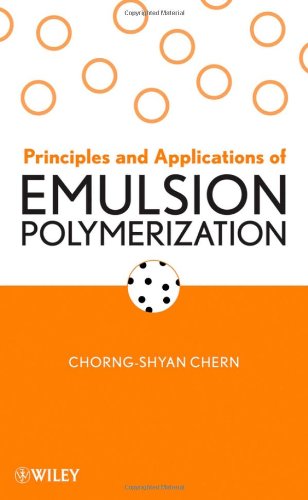
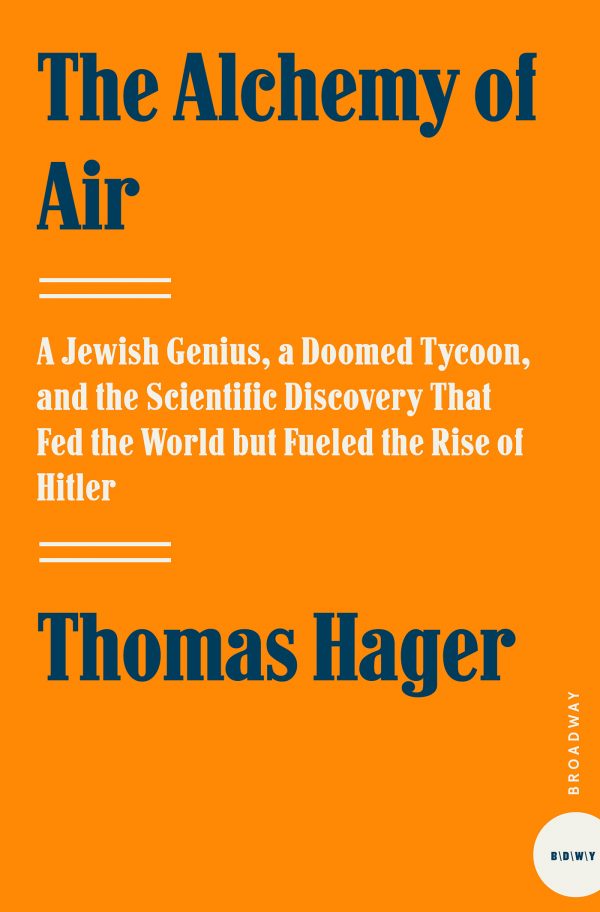

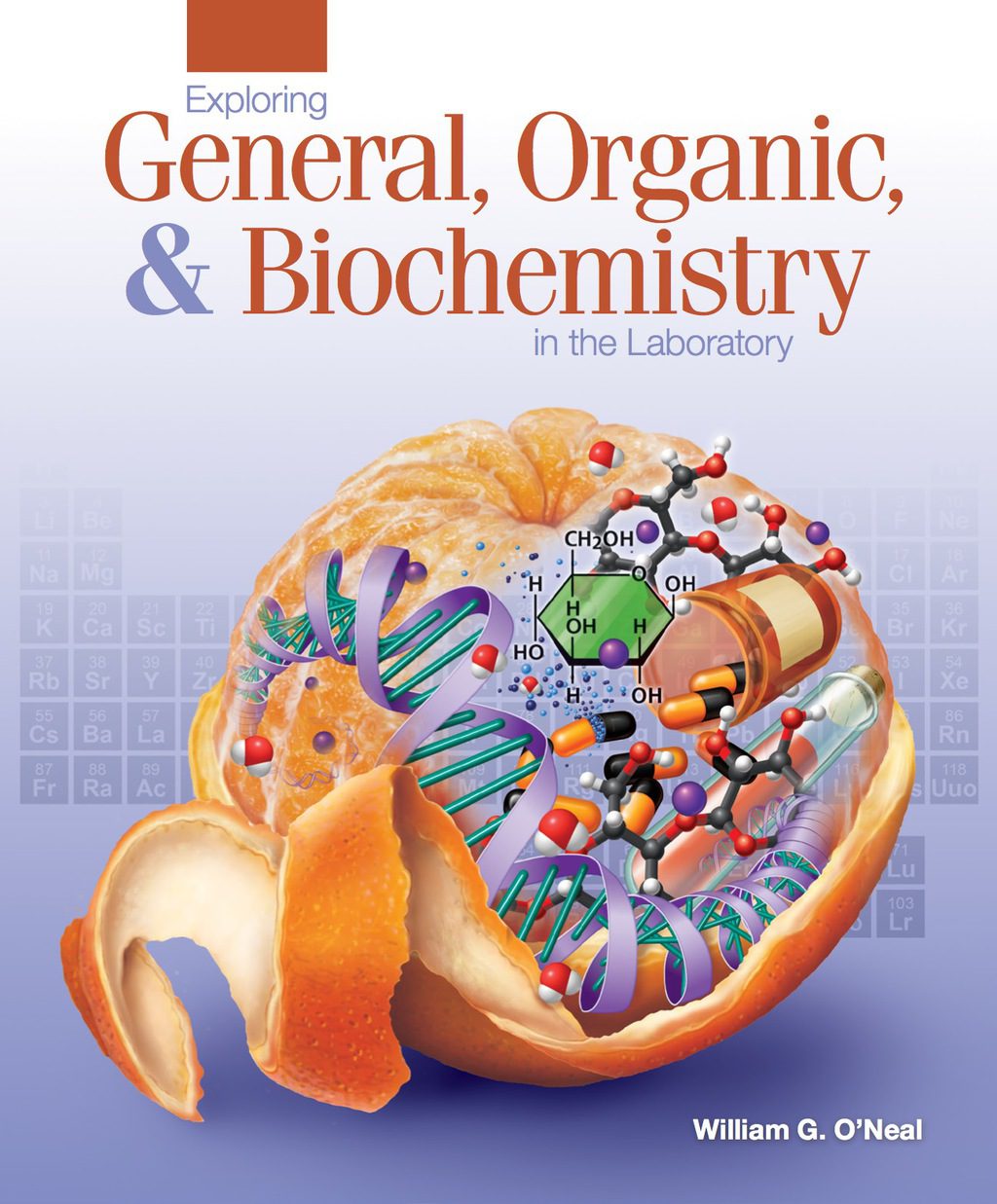
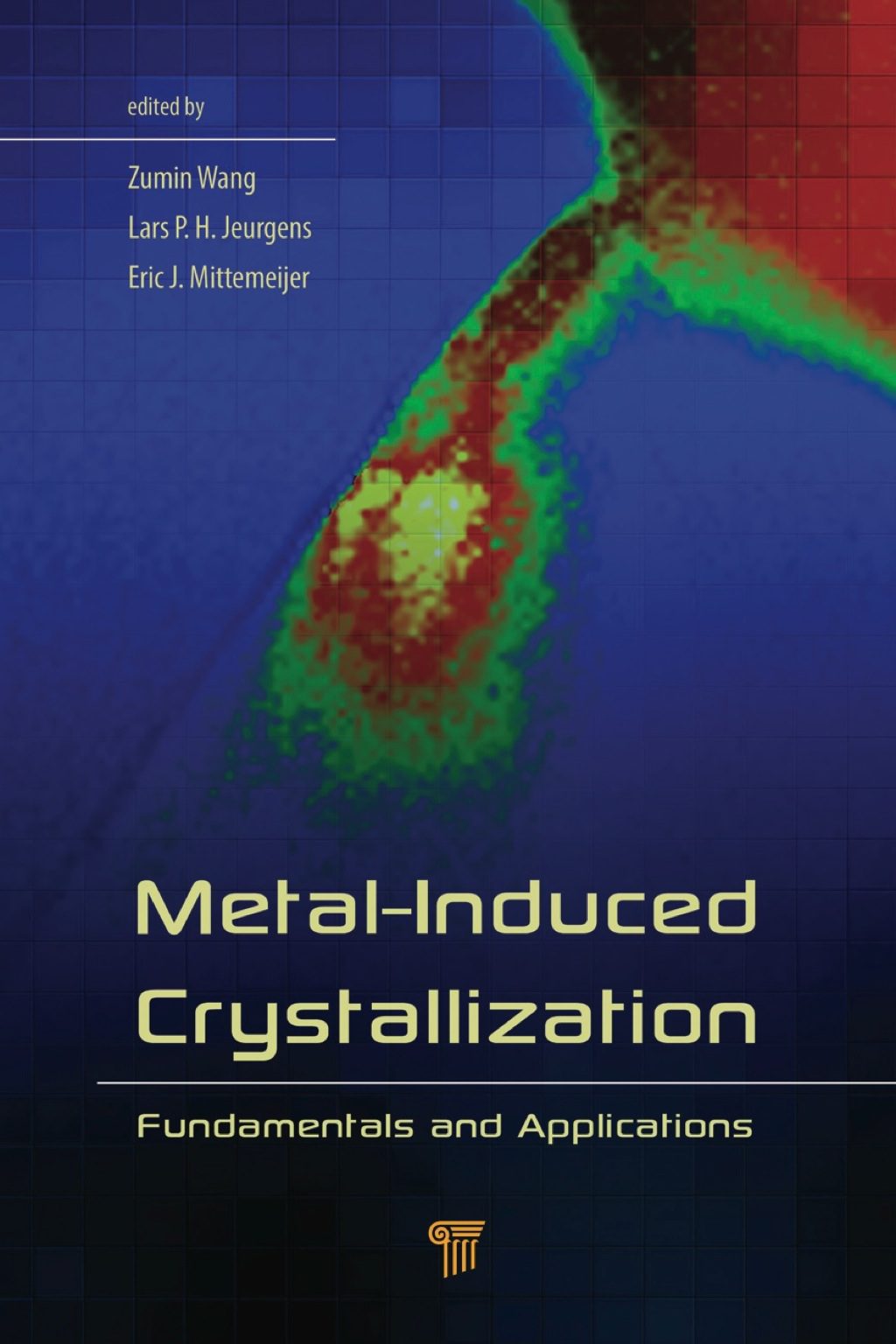

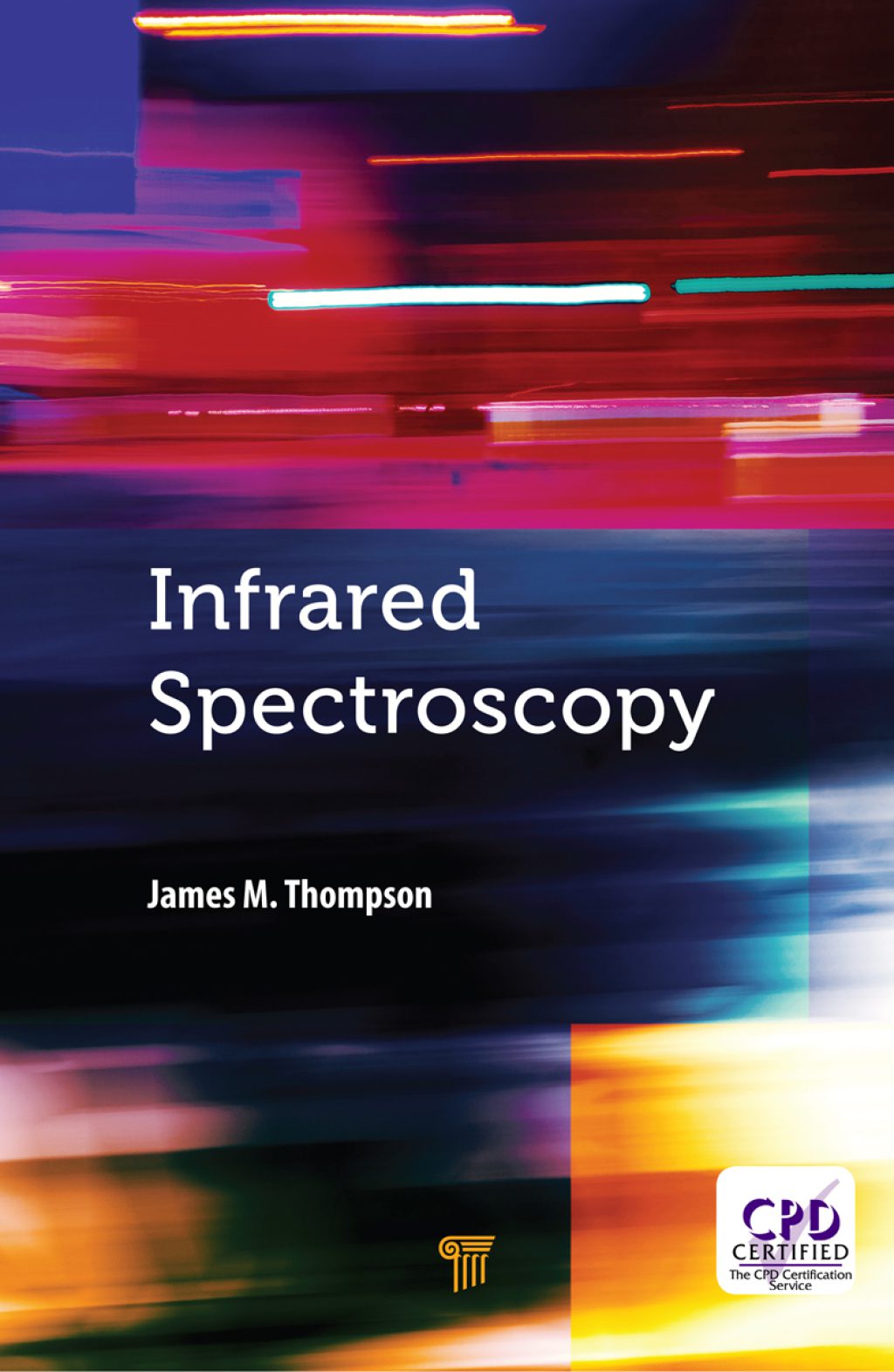
Reviews
There are no reviews yet.